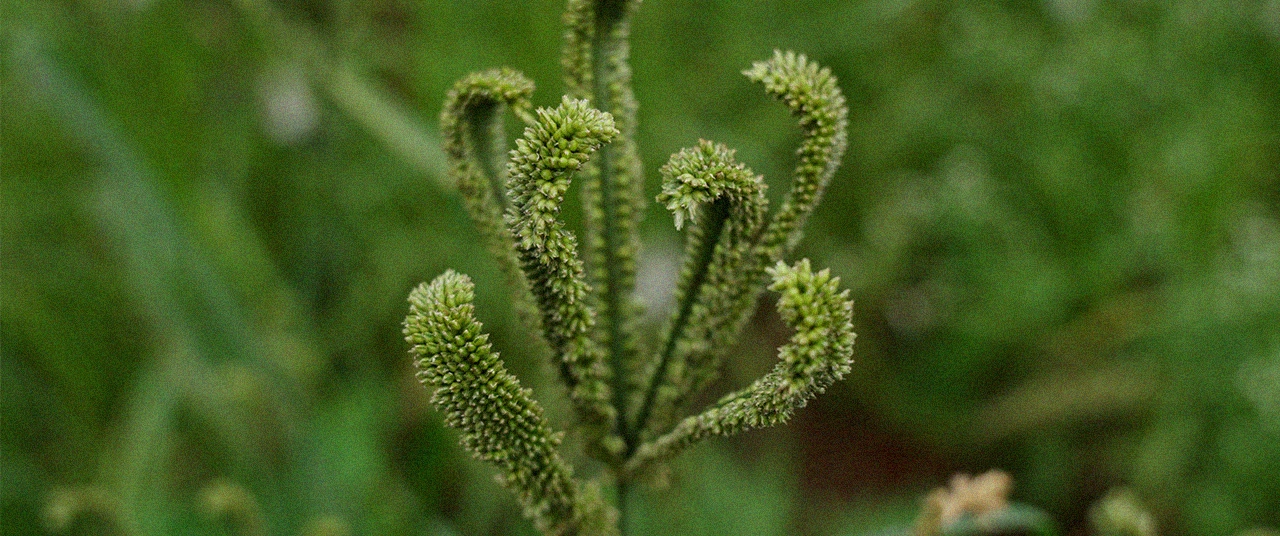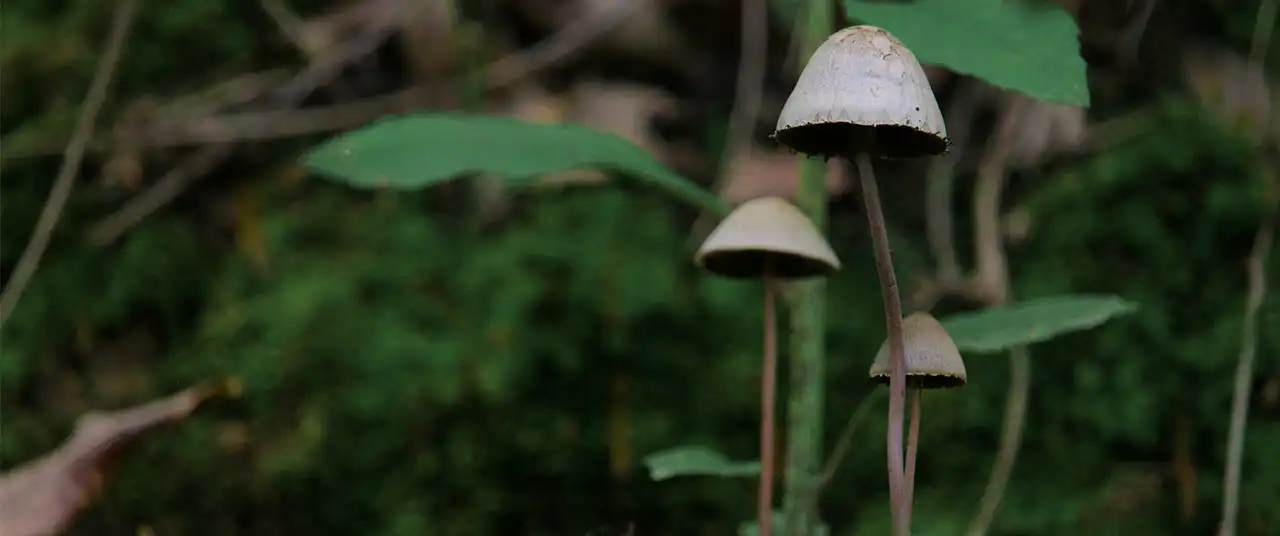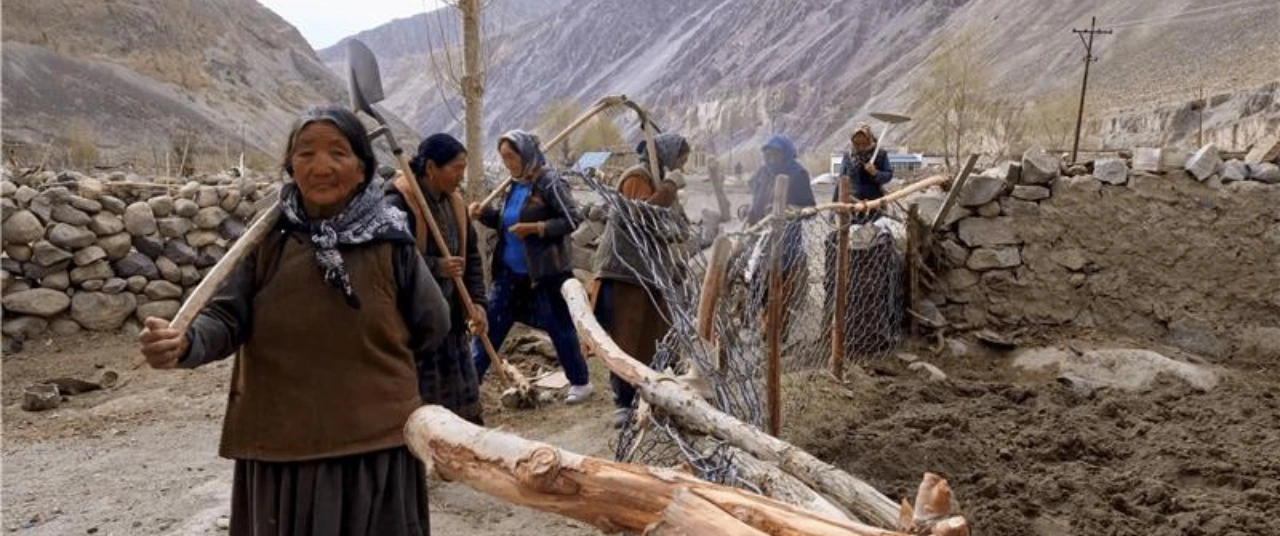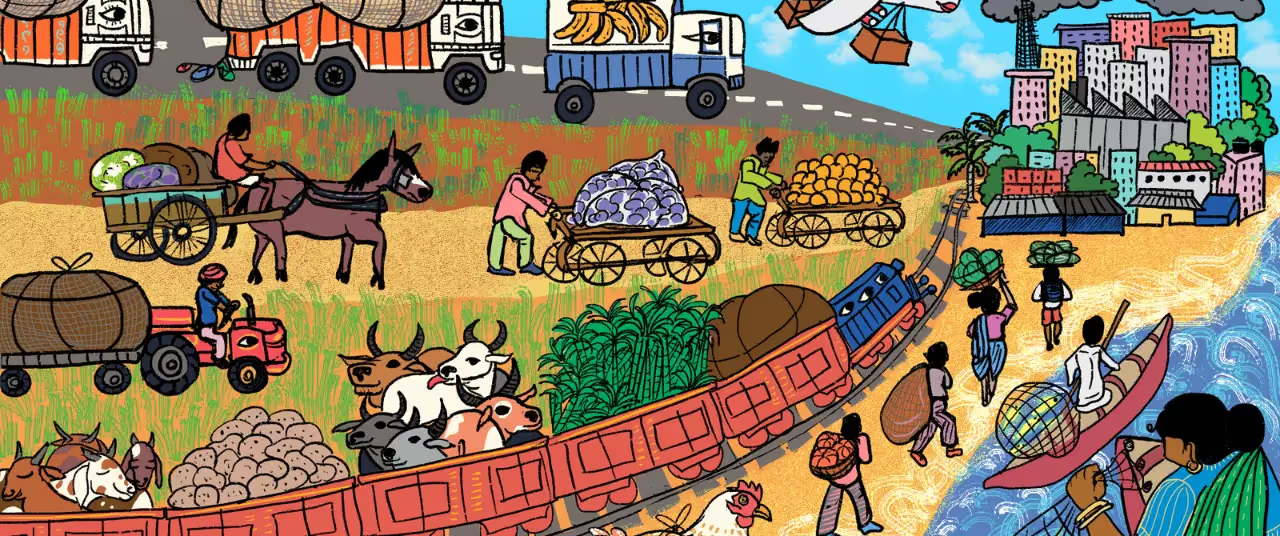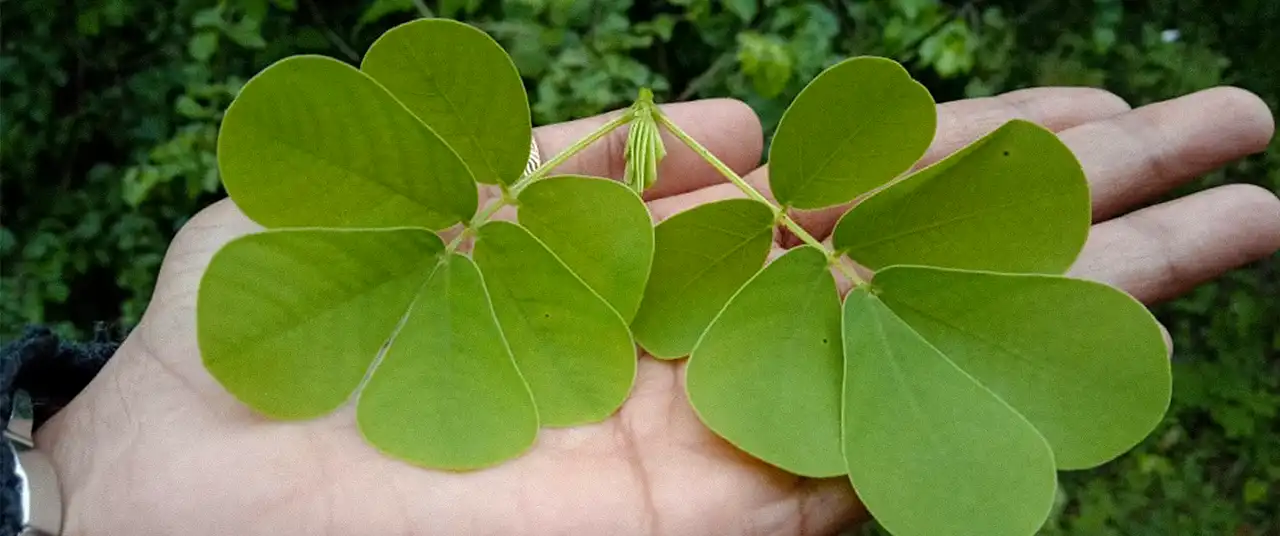Today, its age-old techniques to dry food risk fading away






Hidden from the spotlight, this place is a treasure trove of indigenous wisdom. Inside the modest kitchen of a mud home in Gudiyapadar village in Chhattisgarh’s Bastar district, something beyond the usual utensils draws the visitor’s attention. Rows of dried corn hang from the ceiling, with kernels carefully stored in bamboo baskets and spread across supas (flat bamboo trays) used for winnowing paddy to separate the grain from the chaff. Alongside the corn, dried bitter gourd and mushrooms also make their presence known.

Gudiyapadar is a scenic village inside the Kanger Valley National Park, known for its caves, the Bastar hill mynah and the Tirathgarh Waterfall. Its Gond tribal residents originally came from the Sukma district in Chhattisgarh, about 131 km away, and settled here about two decades ago. In 2022, the village was granted the Community Forest Resource Rights under the Forest Rights Act of 2006. The provision ensures its residents enjoy full ownership and management rights over forest resources.
As Sukka Markam shows us around his spacious kitchen, he explains the age-old practice of drying food for long-term storage. “All of us here dry bamboo shoots, mushrooms, tomatoes, bitter gourds and corn so that they can be consumed throughout the year,” he says. Even chicken is dried, lasting up to three to four months. “We roast it over the fire and store it,” Markam explains. Other dried foods can be preserved for nearly a year. When seasonal vegetables are scarce or missing from haats (weekly tribal markets), these dried ingredients step in, cooked just like regular sabzi.”

Seated on the floor, Markam says that the drying process is popular in all tribal villages of Bastar. If the sun's rays are strong, mushrooms can be dried within a day. For other vegetables, more time is needed.
Also read: Dried to last
A few decades back, certain food items were available only seasonally. So, drying ensured their consumption throughout the year.
Rupendra Kavi, a government official working for the Chhattisgarh Tribal Research and Training Institute, has been closely studying Bastar’s tribal culture for years. He explains that food drying is a traditional technique extant among tribals. “A few decades back, certain food items were available only seasonally. So, drying ensured their consumption throughout the year.”
Bastar has seen significant change in recent years, with a growing influx of tourists drawn to its natural beauty. As a result, a variety of foods are now easily available in the markets. “But in remote villages where roads are scarce, the story is different,” says Kavi. During the heavy monsoon season, these areas turn inaccessible, making dried foods a lifeline for tribal families.

Also read: The surprising culinary uses of jasmine flower
Enjoying dried mushrooms
In the villages of Achanakmar Tiger Reserve, 462 km from Bastar, the prized Pihiri mushroom is foraged and sun-dried during the rainy season. At a tribal home, a man crafts a bamboo chalni, used for roasting these mushrooms, which, Markam notes, is a traditional instrument resembling one used in Bastar too.

Forest guard Brijbhushan Manikpuri mentions that sun drying and roasting of mushrooms are common throughout this tiger reserve, which shares a border with the Kanha Tiger Reserve in Madhya Pradesh. “The locals collect the mushrooms in huge quantities. While some amount is sold to traders at high prices, a substantial quantity is stored in the dried form. When people run out of veggies, they consume mushrooms.”
Also read: Foraging in Bengaluru: A source of sustenance, flavour
Tribal communities dry various foods in the winter season… It is common to find sun-dried tamarind and roselle on the roofs of village homes. Apart from sun drying, smoke-drying fish, meat, and corn is also common.
Bhubaneswar-based chef Rachit Kirteeman occasionally experiments with tribal food. He once organised a pop-up in Kolkata featuring the red ant chutney; though popular in Bastar, Mayurbhanj has received the Geographical Indication tag for this product. “Tribal communities dry various foods in the winter season… It is common to find sun-dried tamarind and roselle on the roofs of village homes. Apart from sun drying, smoke-drying fish, meat, and corn is also common. Pork is cleaned and cut into small pieces. After that, the pieces are put on a bed of hay and slowly burnt. Sometimes, the pieces are either attached to a bamboo structure, under which a fire is lit for slow searing, or they are put on a mud chulha and kept in the sun for a few days,” Kirteeman explains. This is somewhat similar to drying mushrooms in Achanakmar, where chalnis are used inside rooms.

In the popular Bastar dish chaur bhaja—a rice and chicken preparation—the whole, skinned chicken is fire-roasted, cut into pieces, and cooked with rice and a few spices. “Food drying is common among all tribal communities in Bastar,” says Baliram Nag, a Dhurwa tribesman working with the Chhattisgarh State Renewable Energy Development Agency. It also prevents wastage when there is excess food.
Richness of tribal kitchens
Botanist Geetanjali Singh, an assistant professor at Dr. Shyama Prasad Mukherjee University’s Botany Department in Ranchi, Jharkhand, is immersed in the scientific study of mushrooms. “We’re working on their identification because many species share similar colours and features but are entirely different,” she explains. “Tribals, however, never get it wrong, thanks to traditional knowledge passed down through generations.”
This expertise was echoed by two female tribal guards in Kanha during a foot trail. They shared how locals instinctively avoid poisonous varieties, a skill sharpened by ancestral wisdom.
{{marquee}}
Singh, who also studies traditional food preservation techniques, highlights the nutritional richness of tribal cuisine. Beyond mushrooms, she’s particularly fascinated by tender bamboo shoots. “During the early monsoon, bamboo shoots—locally known as kareil—are plentiful and cherished in tribal kitchens,” she says. “They’re a seasonal delicacy, enjoyed fresh or preserved in various forms.”
Fresh kareil shoots are often prized in their fermented form, sandhna, known for their distinctive sour flavour. Widely used to make pickles, sandhna can also be sun-dried into haruwa. Once rehydrated, haruwa is cooked with tomato paste and leafy greens, adding both variety and nutrition to tribal meals.
“Since kareil is available only during the monsoon, preservation techniques like fermentation and sun drying ensure its availability year-round,” Singh explains. “This method isn’t just for bamboo shoots. Leafy greens, flowers, tubers, and forest fruits are all preserved through sun drying, helping maintain nutritional security during off-seasons.”
Singh, who practices food drying at home, recalls how even cauliflower was once boiled, sun-dried, and stored for future use. Dried leafy greens, she notes, are sometimes ground into powder for easy consumption. But this traditional knowledge, she warns, is fading. “With greater market access and the rise of modern packaged foods, it’s disappearing. Readymade noodles, chips, cakes, and biscuits are now found in every village.”
Kirteeman adds that Indian chefs aren’t tapping into the potential of food drying. “European restaurants serve aged beef steaks, but in India, this technique remains underexplored.” Perhaps it’s time, he suggests, to revive and experiment with the rich preservation techniques hidden in India’s tribal kitchens before they’re lost.
{{quiz}}
Explore other topics
References

In Achanakmar, what is dried using the bamboo structure chalni?





























